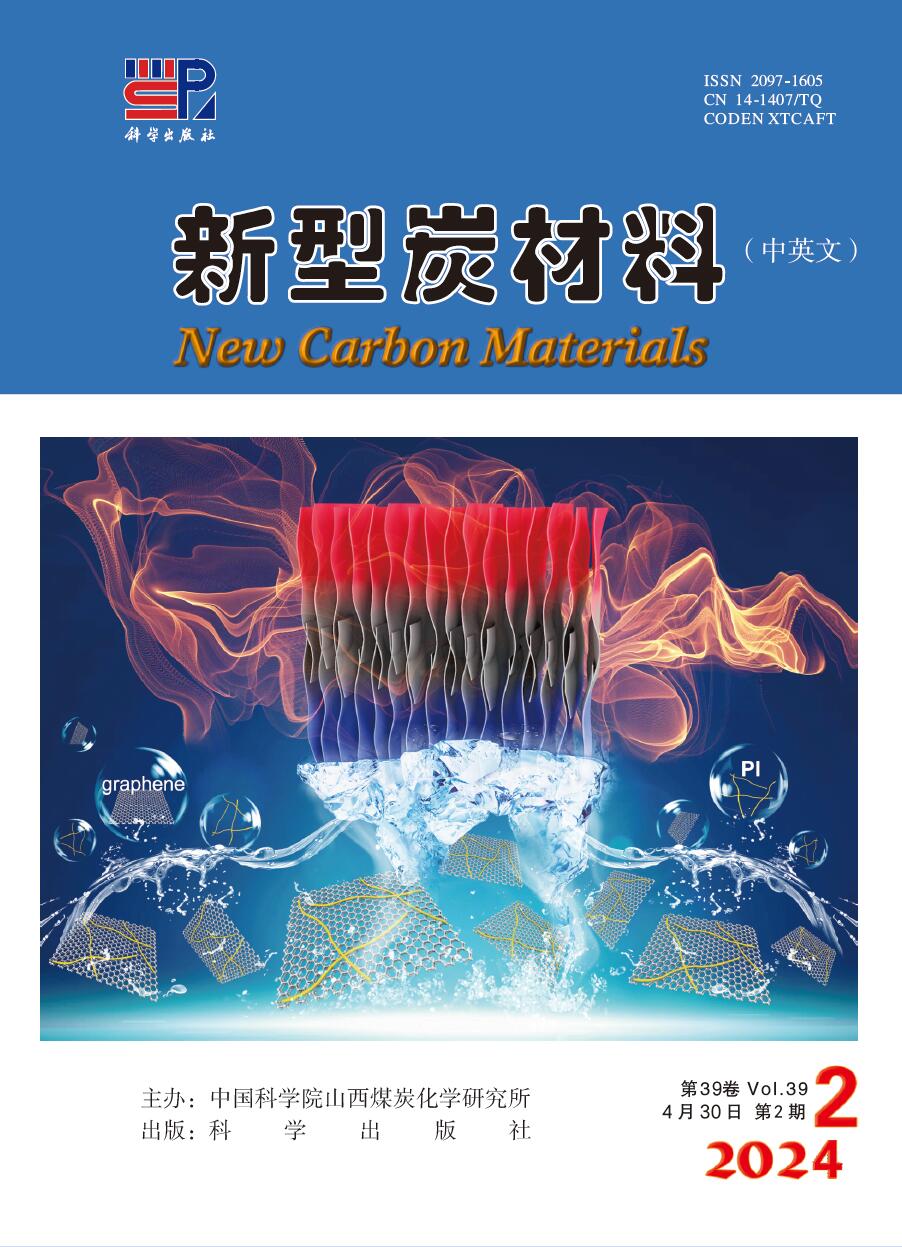2011 Vol. 26, No. 4
2011, 26(4): 241-245.
Abstract:
2011, 26(4): 246-254.
Abstract:
2011, 26(4): 255-261.
doi: 10.1016/S1872-5805(11)60080-2
Abstract:
2011, 26(4): 262-270.
doi: 10.1016/S1872-5805(11)60081-4
Abstract:
2011, 26(4): 271-277.
Abstract:
2011, 26(4): 278-286.
Abstract:
2011, 26(4): 287-292.
doi: 10.1016/S1872-5805(11)60082-6
Abstract:
2011, 26(4): 293-298.
Abstract:
2011, 26(4): 299-306.
doi: 10.1016/S1872-5805(11)60083-8
Abstract:
2011, 26(4): 313-319.
doi: 10.1016/S1872-5805(11)60084-X
Abstract:
2011, 26(4): 320-320.
Abstract:


 Abstract
Abstract PDF
PDF

 Classified Collection
Classified Collection

 Email alert
Email alert RSS
RSS Download
Download Links
Links

